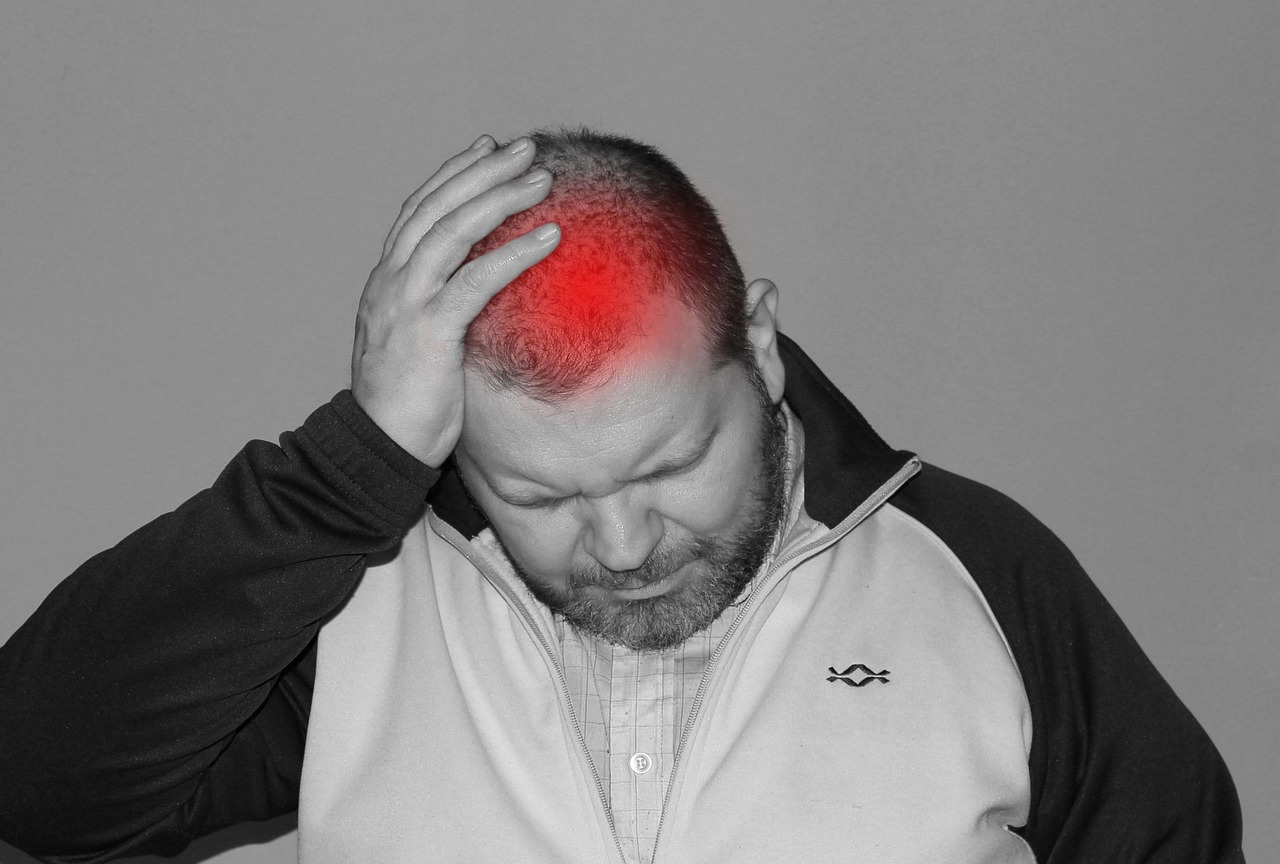
What if your migraine could be detected before it strikes—by something you wear on your head? That’s exactly what new smart headband technology aims to do. These devices are designed not just to track brain activity, but to alert you to oncoming symptoms and even intervene before pain begins. As migraine sufferers search for more effective, drug-free tools, could this be the breakthrough they’ve been waiting for?
With neurological wearables gaining momentum, researchers are now integrating AI and biofeedback into slim, noninvasive headbands that monitor patterns in EEG, temperature, and heart rate variability—all linked to migraine onset. But how effective are these devices in real-world prevention?
How Smart Headbands Work
Smart headbands rely on real-time biosignal tracking, collecting data from the scalp and forehead through sensors that detect:
- EEG brainwave changes (especially in alpha and theta bands)
- Skin temperature and sweat response
- Heart rate variability
- Muscle tension and movement
Many smart headbands sync with mobile apps, allowing for continuous monitoring and immediate feedback. Some also include neurostimulation features, delivering gentle electrical pulses that may calm overactive neural circuits implicated in migraines.
The Neuroscience Behind Migraine Prediction
Migraines are more than just bad headaches—they’re complex neurological events. Before the pain phase, many patients experience prodromal symptoms, including fatigue, food cravings, neck stiffness, and mood shifts.
Smart headbands aim to identify early neurological warning signs through:
- Disruptions in cortical excitability
- Decreased alpha wave activity
- Increased autonomic nervous system stress markers
By detecting these subtle changes, the device can warn the user up to hours before pain begins, offering time for preventive action—like rest, hydration, medication, or even neuromodulation via the headband itself.
Smart Headbands on the Market
A number of smart headbands are now being used or tested in migraine management:
1. Cefaly
- FDA-approved neurostimulation device
- Sends gentle impulses to the trigeminal nerve
- Users report fewer migraine days with regular use
2. Theranica’s Nerivio
- Worn on the arm, but works similarly with remote electrical neuromodulation (REN)
- Mobile-controlled, personalized sessions
- Data from trials show significant reductions in migraine intensity
3. BrainTap & Muse S (2nd Gen)
- Primarily meditation headbands with EEG tracking
- Used by some migraine sufferers for brain training and stress reduction
Although not all of these are marketed solely for migraines, early research suggests smart neurofeedback tools can reduce migraine frequency when used regularly.
What the Research Says
Clinical trials remain limited but promising. Recent findings include:
- Cefaly reduced migraine frequency by 30–40% in patients using it for 20 minutes daily.
- EEG-based prodrome detection algorithms have shown >75% accuracy in predicting attacks in small studies.
- A 2024 pilot trial using a machine learning-equipped smart headband predicted migraines 1.5 hours before onset with 81% accuracy.
These results suggest smart headbands may become a valuable adjunct to traditional therapy—not just a passive monitor, but an active preventive tool.
For Whom Are Smart Headbands Most Effective?
Smart headbands may be especially useful for:
- Chronic migraine sufferers (15+ headache days per month)
- Those sensitive to migraine medications or trying to minimize drug use
- Biofeedback and neurotherapy enthusiasts
- Tech-savvy users committed to consistent data tracking
- Teen and adult migraine patients interested in noninvasive options
However, success depends on adherence and personalization. These devices require regular wear and engagement with app feedback, which may not suit everyone.
Limitations and Considerations
While smart headbands show promise, they also have limitations:
- Not yet a standalone treatment—best used in combination with lifestyle or pharmacological approaches
- Cost and accessibility may be barriers for some users
- Accuracy in diverse populations (e.g., with comorbid conditions) still needs validation
- Some users report discomfort or difficulty maintaining consistent use
Additionally, regulatory approvals vary: not all devices have FDA clearance for migraine therapy, and real-world effectiveness may differ from clinical trials.
The Future of Migraine Prevention?
With AI advancements and deeper neurological mapping, next-generation headbands could offer:
- Personalized alert thresholds based on user-specific migraine patterns
- Automatic stim protocols delivered upon detection of prodromal signs
- Integration with wearables like smartwatches or sleep trackers
- Continuous learning models that refine predictions the more you wear them
As migraine research moves toward precision medicine, smart headbands could be an important tool in a broader toolkit of digital therapeutics.
Final Thoughts
Smart headbands aren’t magic, but they may represent a powerful shift in how we track, understand, and intervene in migraine patterns. By turning early neurological changes into actionable insights, they empower patients to regain a sense of control—often lost in the unpredictability of migraine life.
While still evolving, the fusion of neuroscience, AI, and wearable tech points to a future where the next migraine doesn’t have to catch you off guard. With a smart headband, you just might outsmart it.
FAQs
Can smart headbands really predict migraines?
Yes, some use EEG and biosignal data to detect prodromal signs that precede migraines, offering early alerts.
Do smart headbands stop migraines once they start?
Some models like Cefaly can reduce intensity or prevent full-blown attacks when used during the early phase.
Are smart headbands FDA approved?
Devices like Cefaly and Nerivio have FDA clearance. Others are still in clinical trials or marketed for wellness use.
Are smart headbands safe for teens?
Most are noninvasive and drug-free, making them suitable for teens under adult supervision. Always consult a physician first.
Can these headbands replace medication?
They’re best used as complementary tools. Some users reduce reliance on medication, but others may need both approaches.
